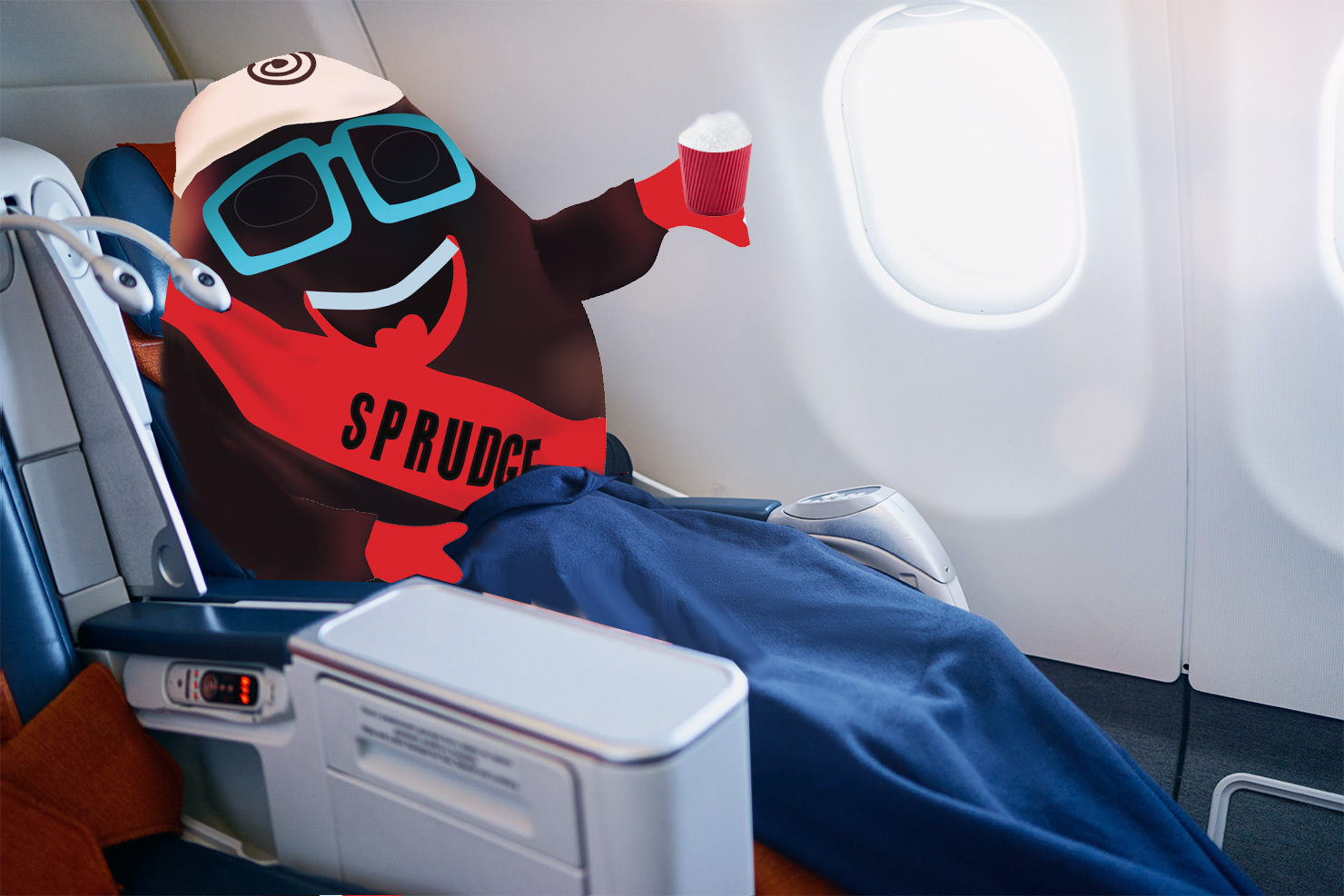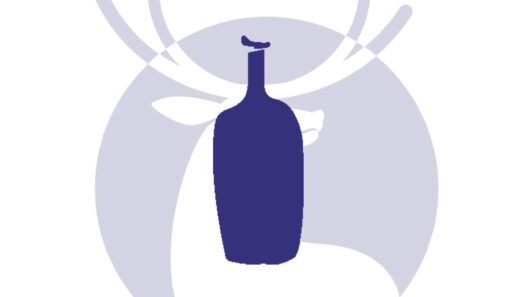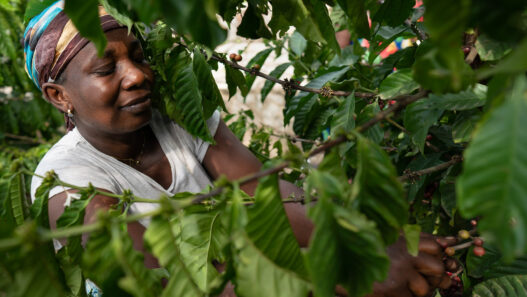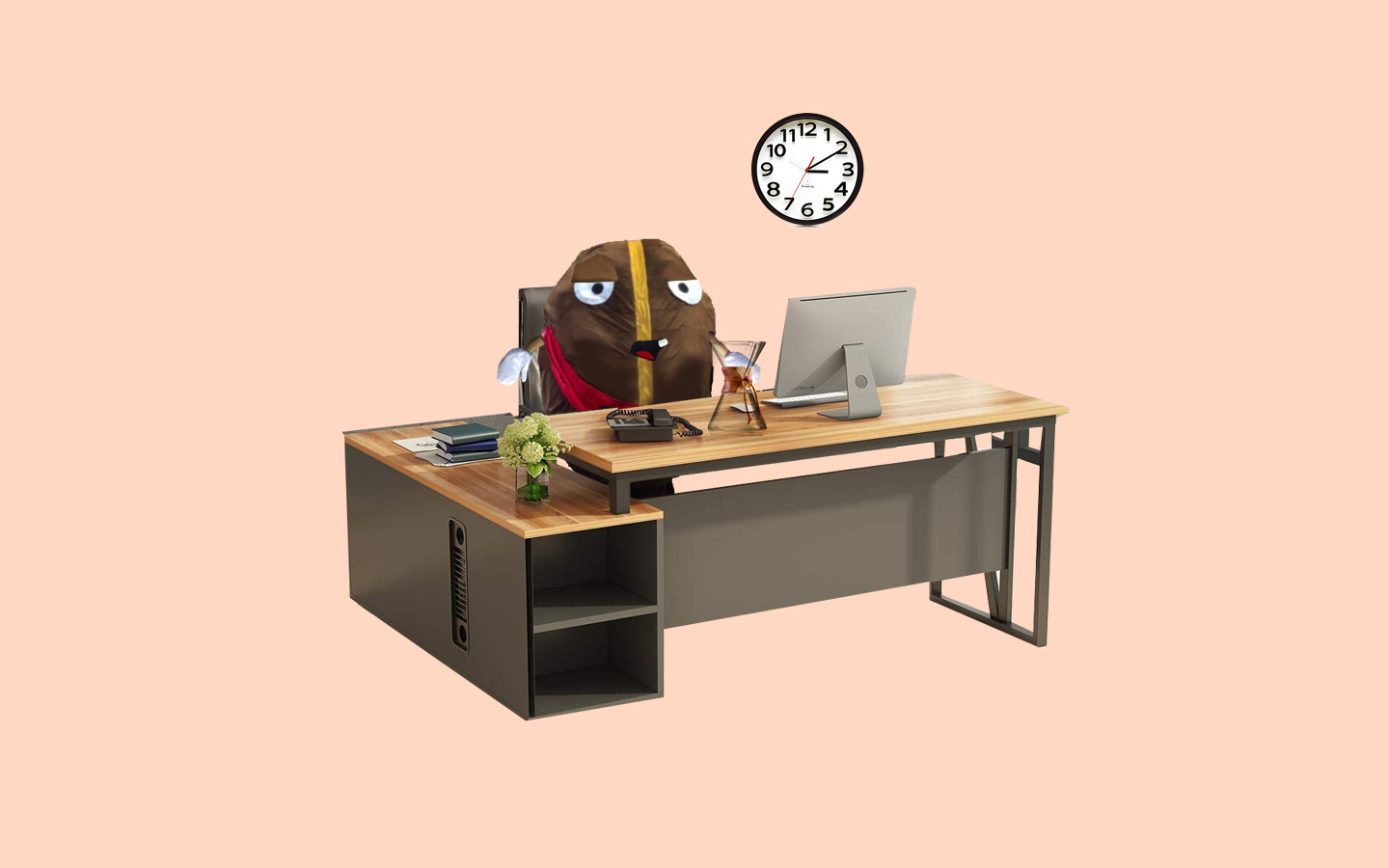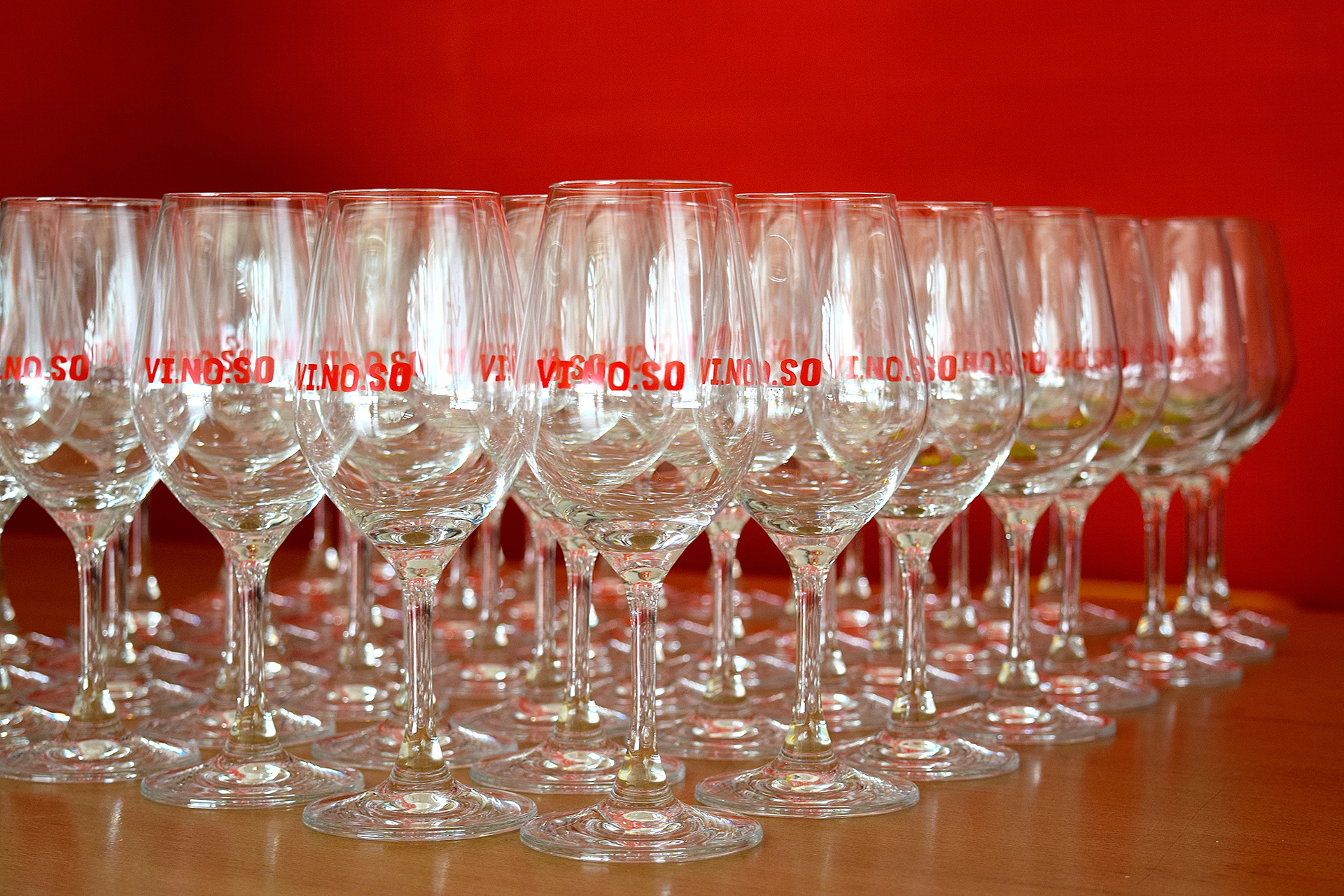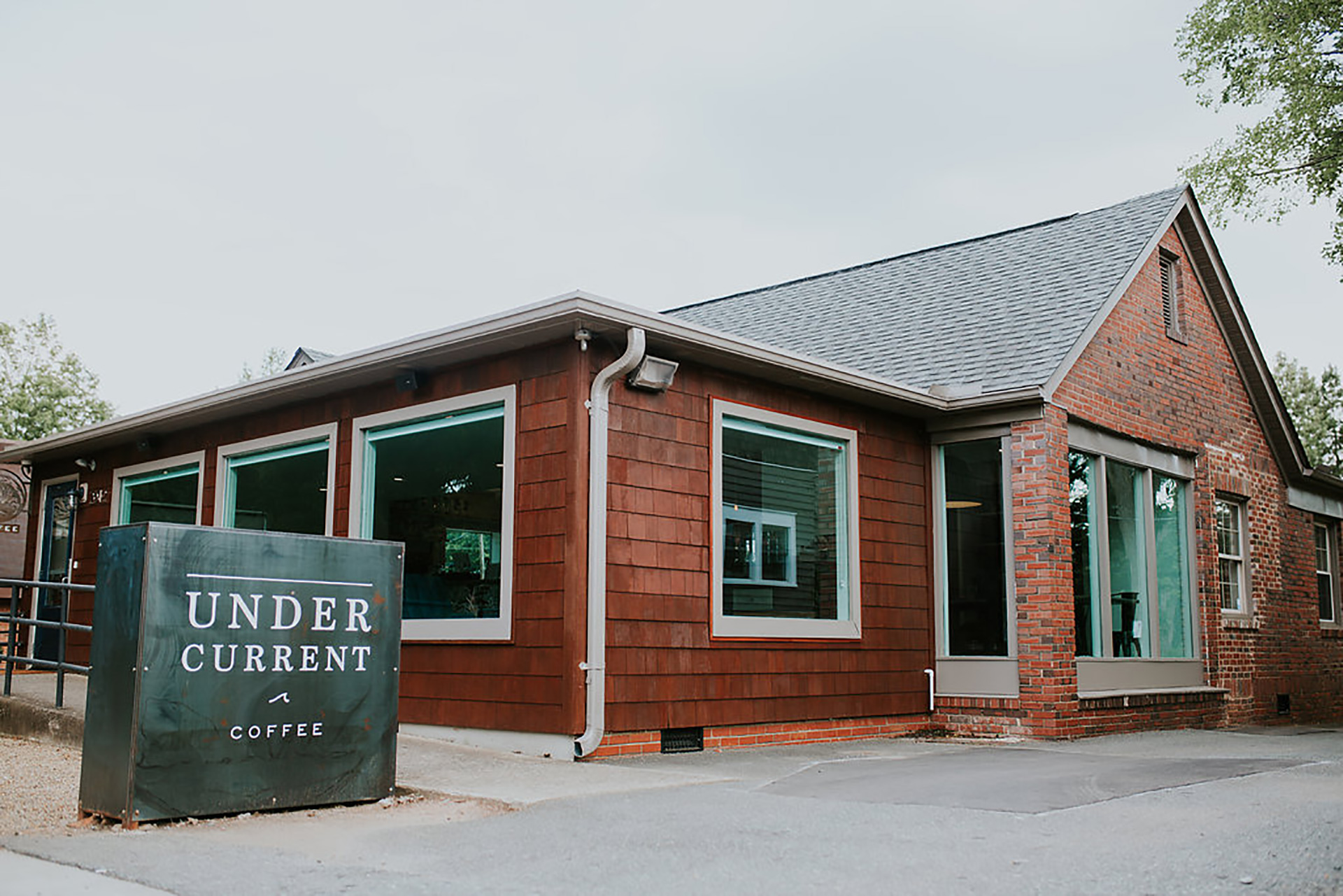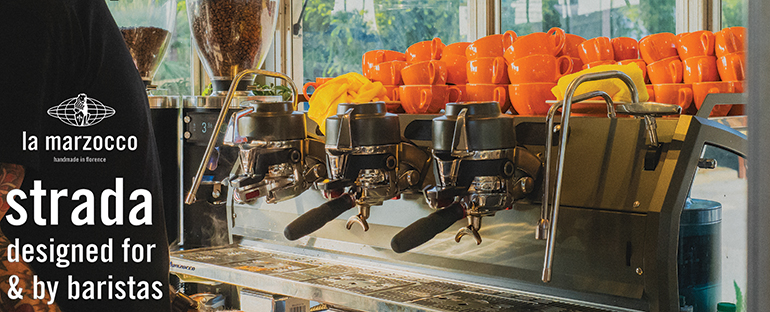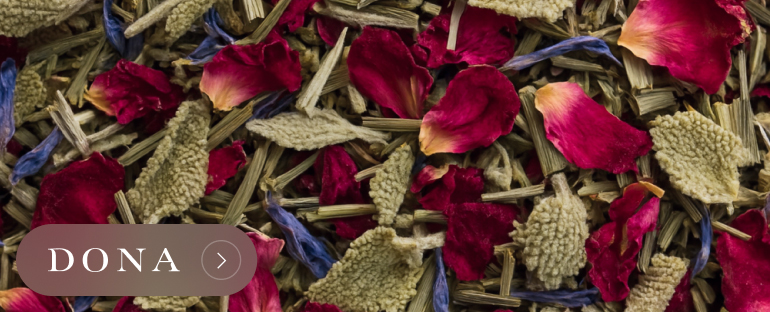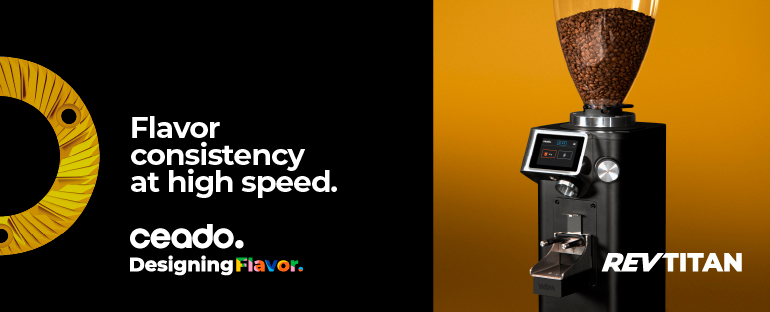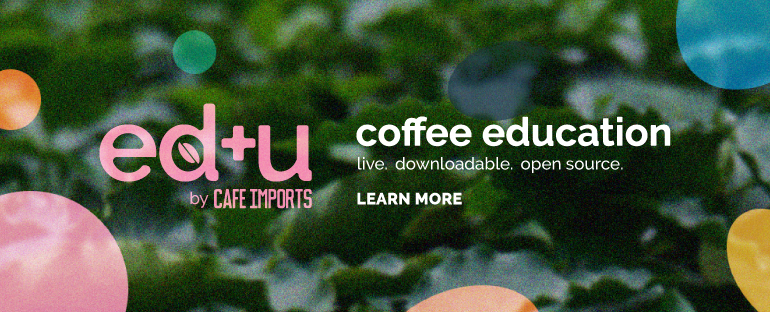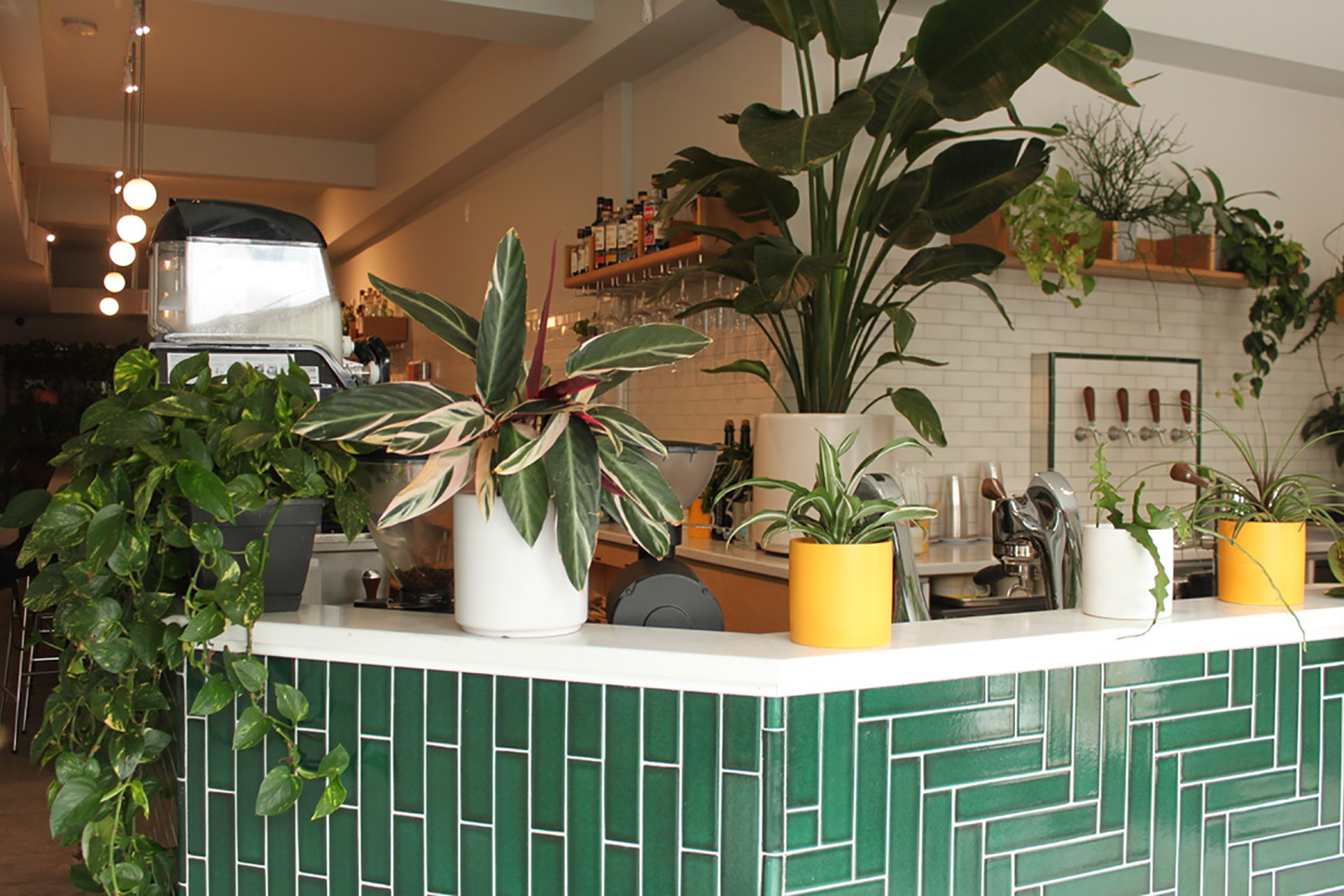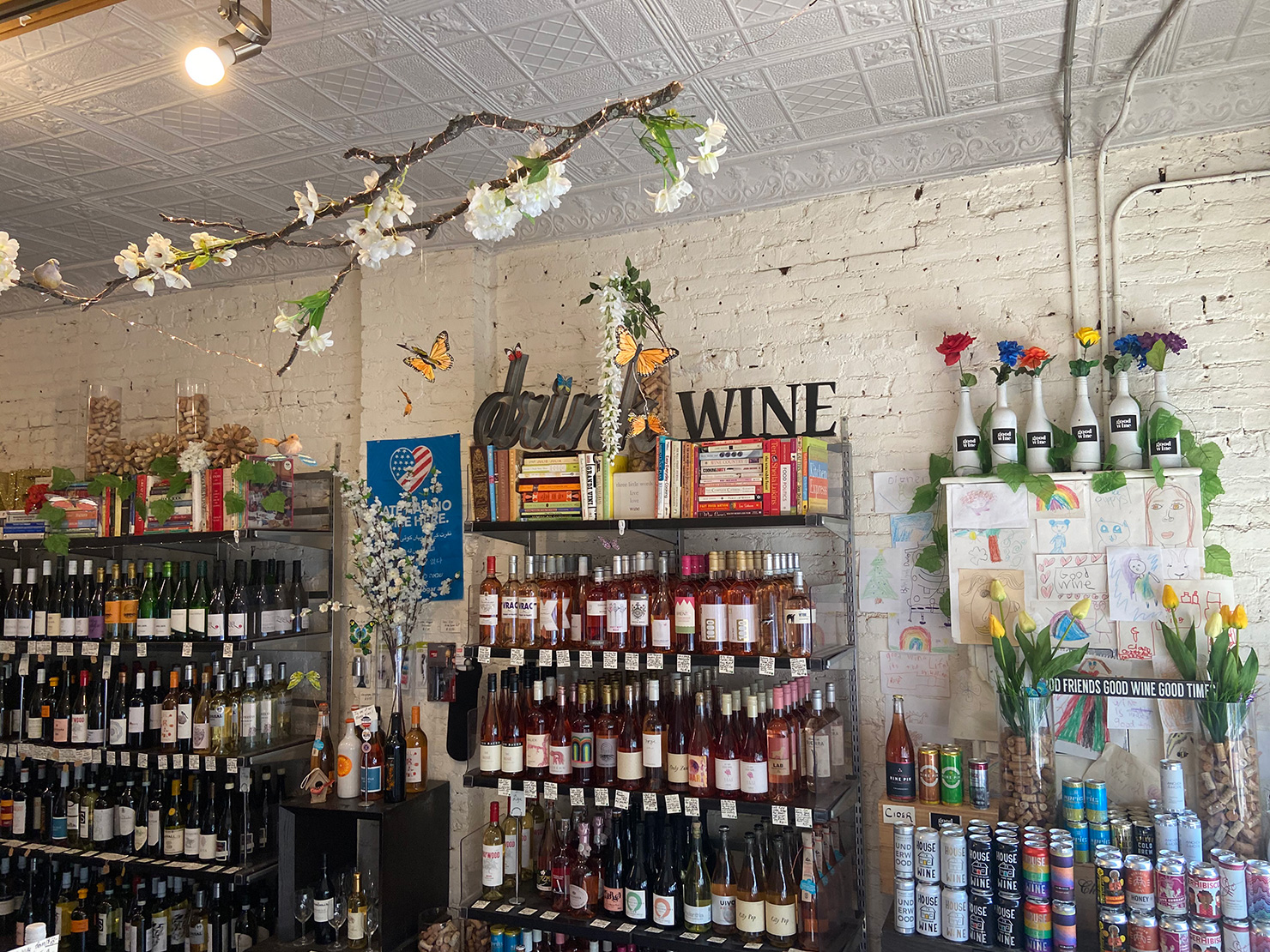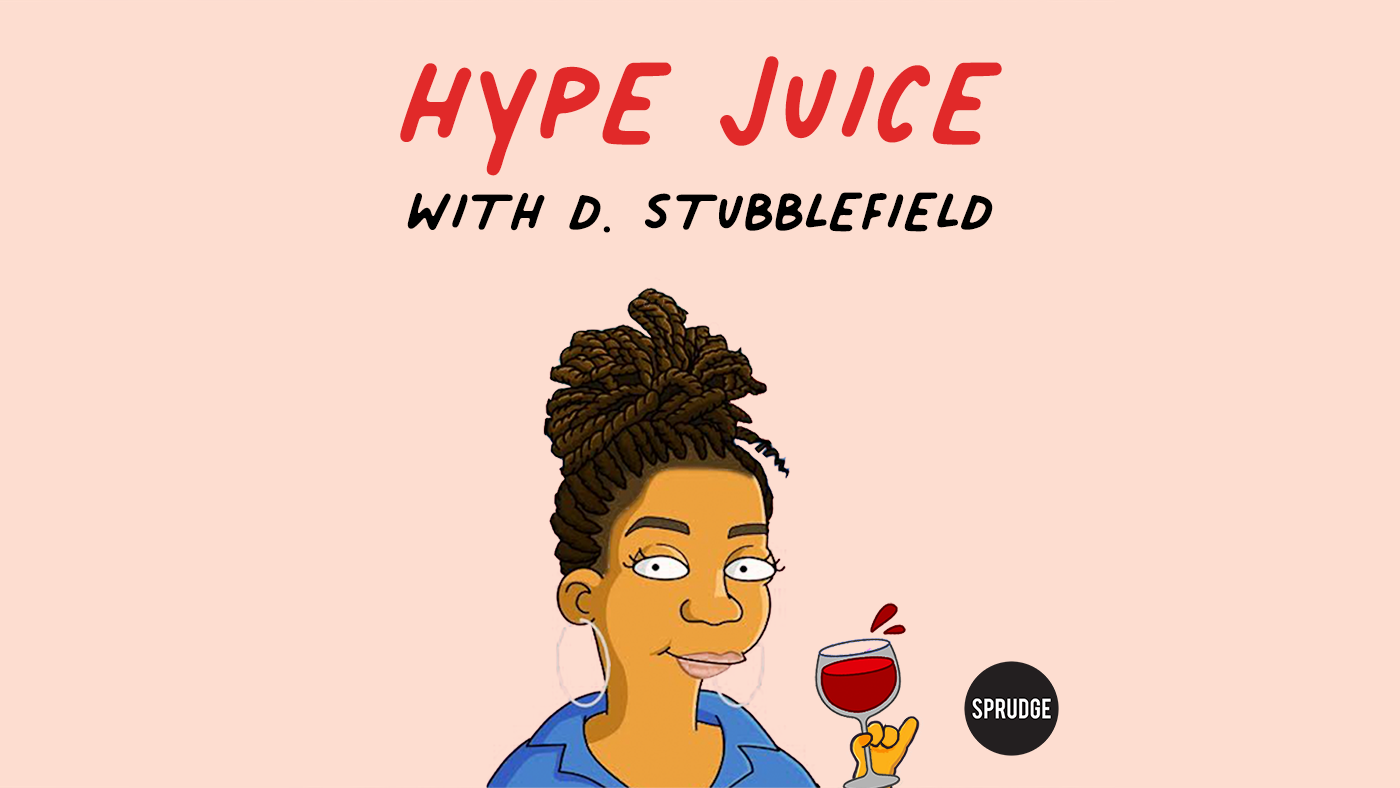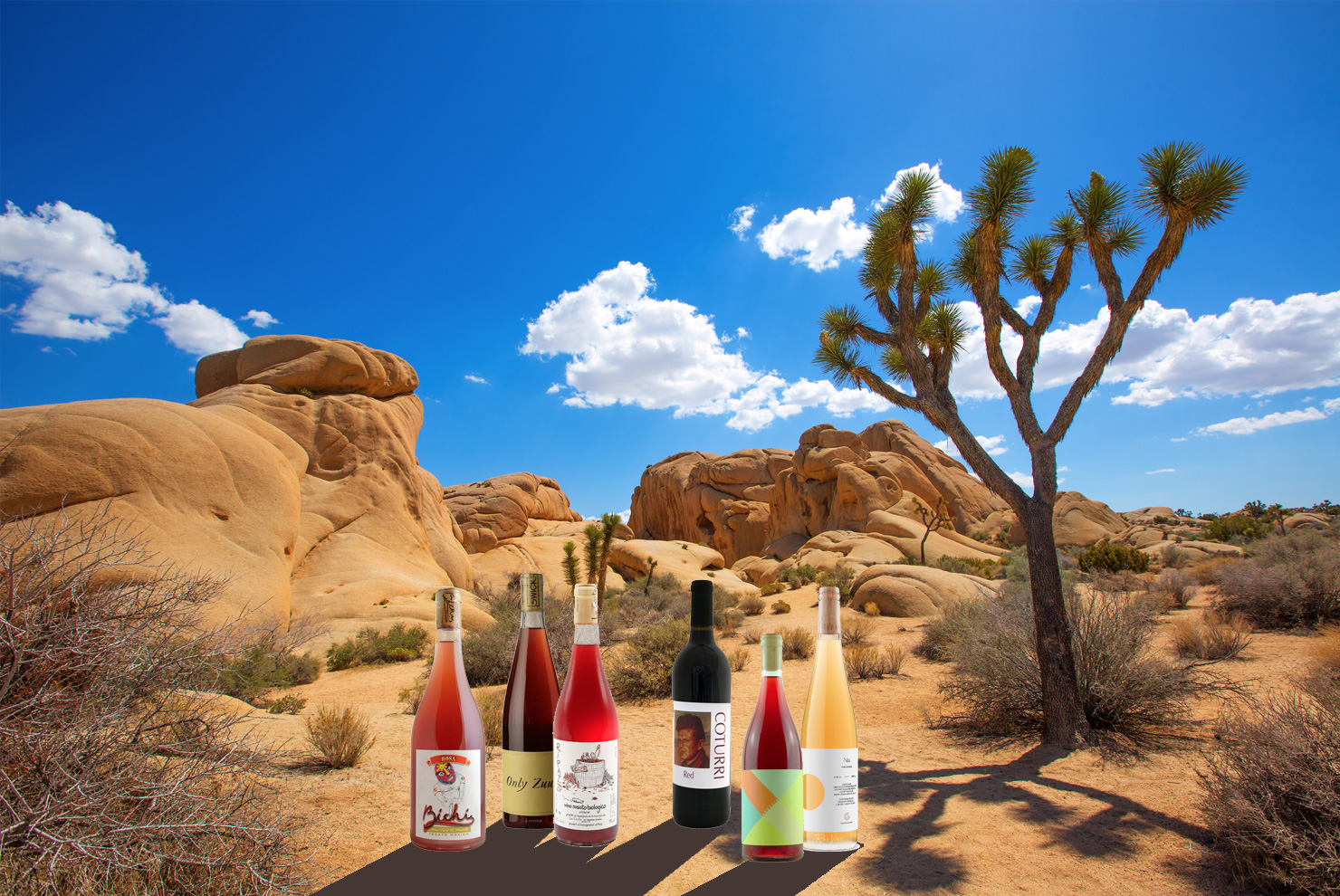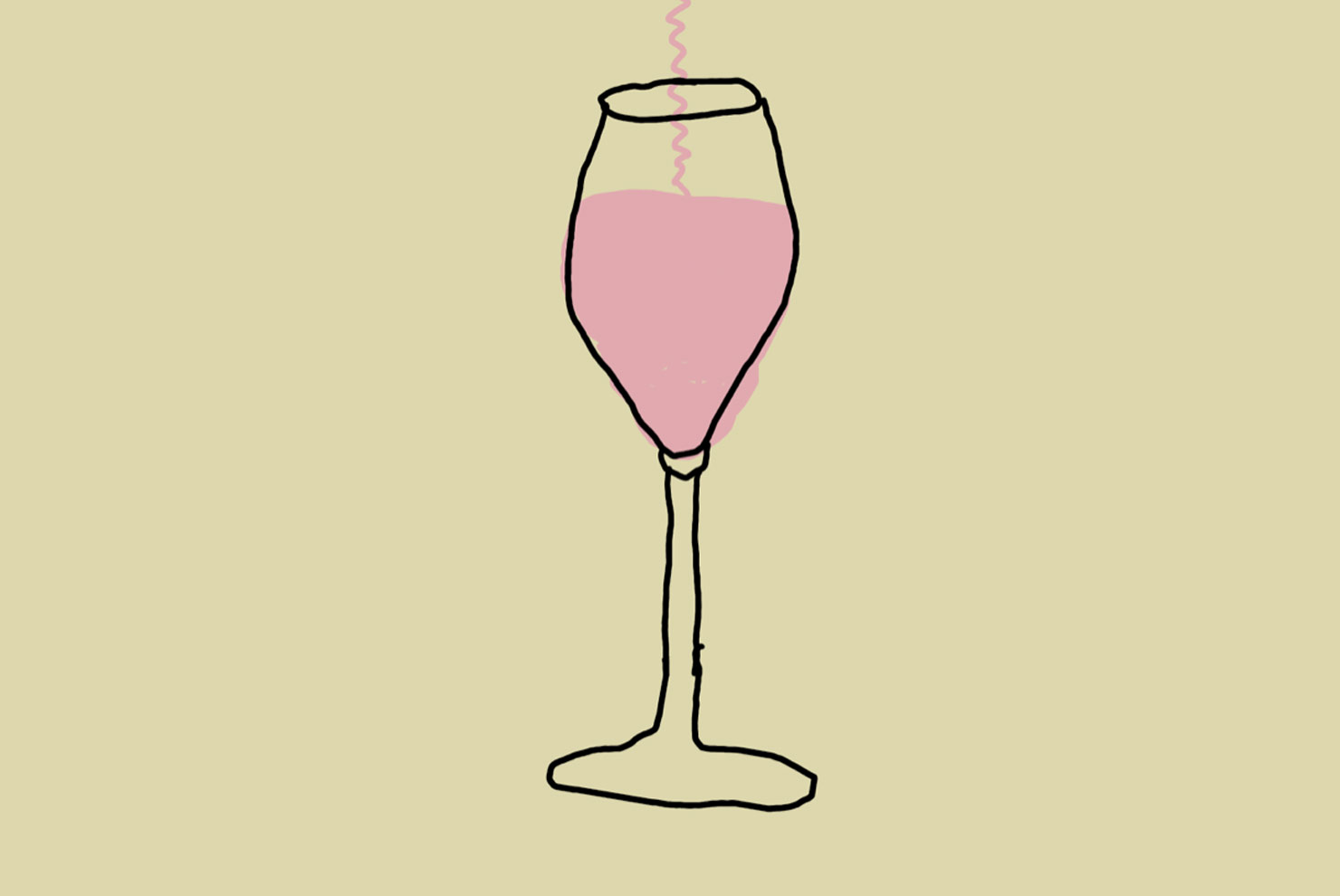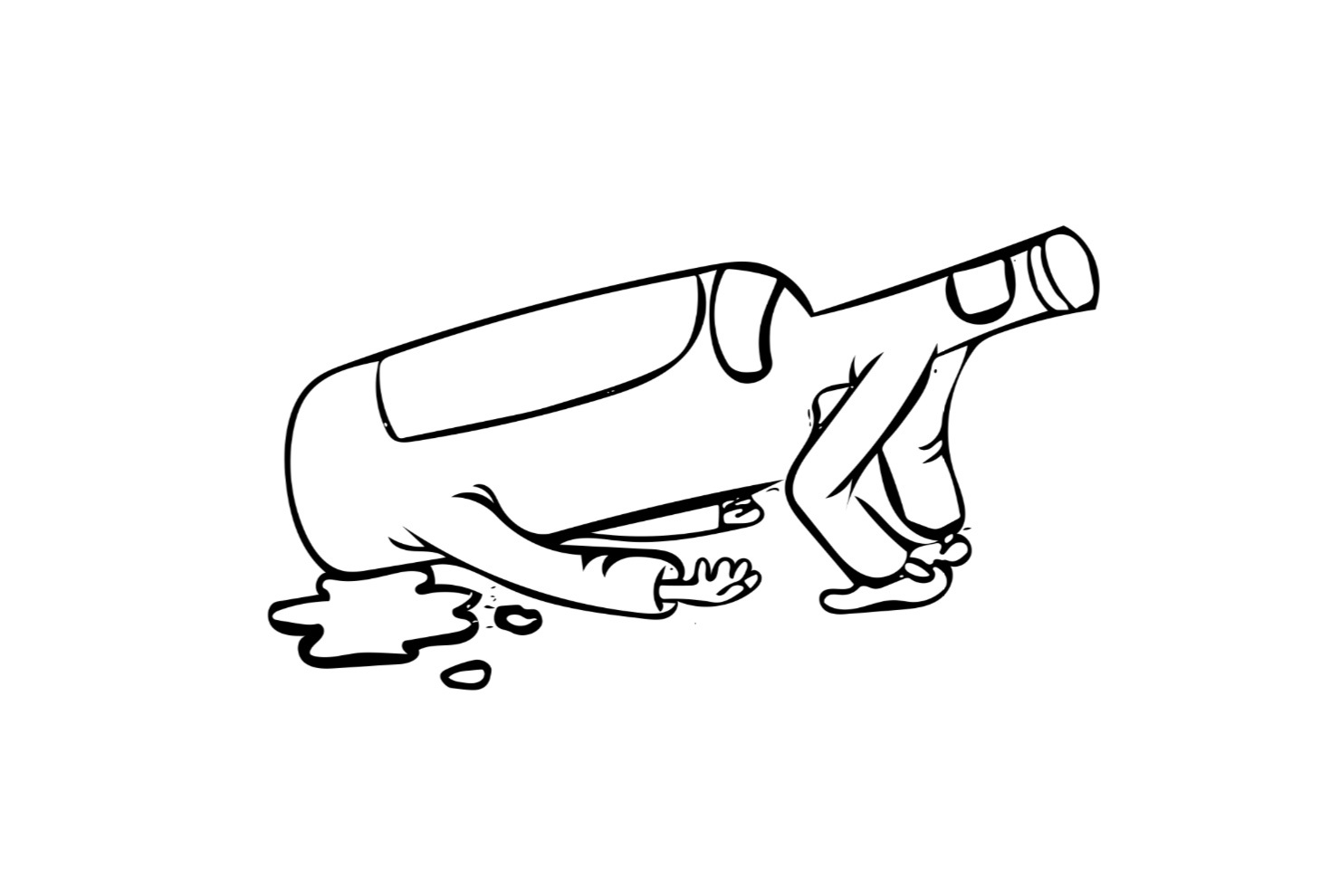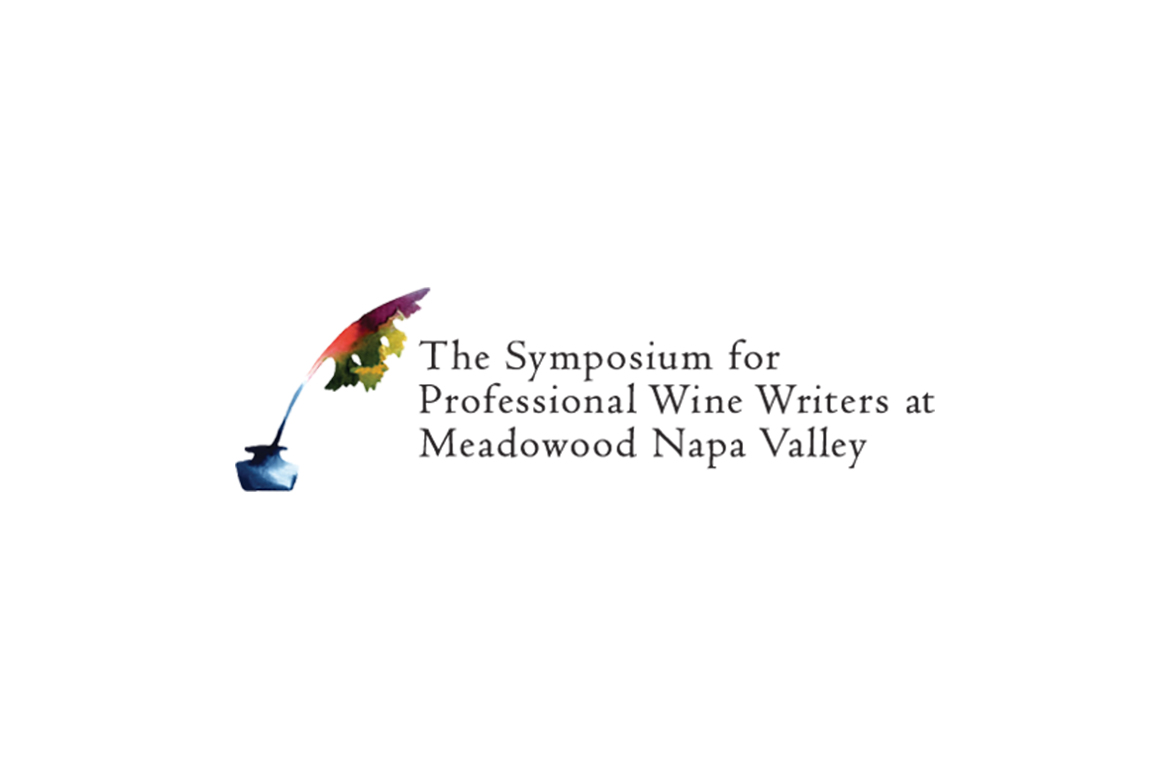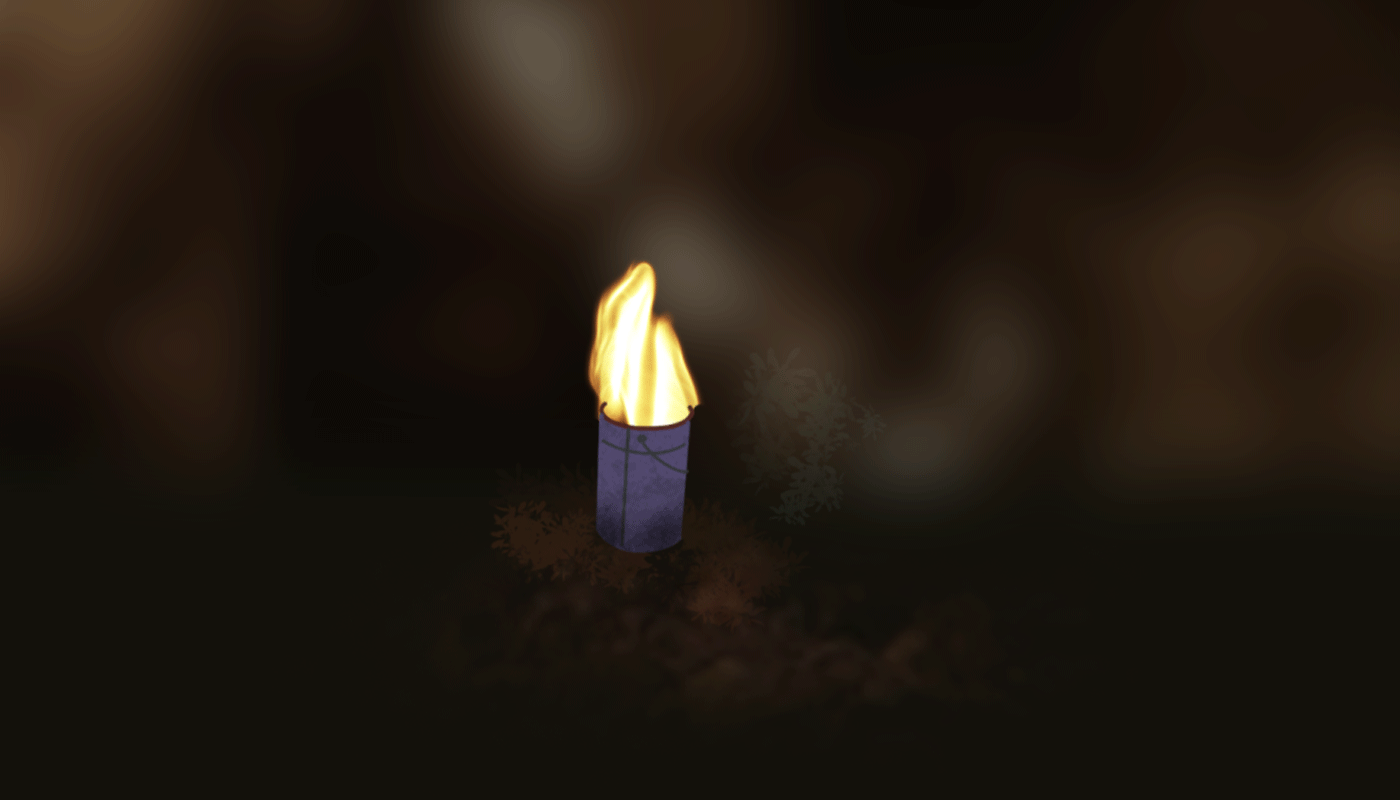A natural wine festival featuring producers exclusively from Italy, all gathered in a restaurant/specialty espresso bar/cinema in the Netherlands, at sold-out capacity? A few years ago, maybe even just two, this combination of concepts could not have been strung together. But the first Sunday in June at F.C. Hyena in Amsterdam North, those very concepts were realized in an event called VI.NO.SO. The euphonious acronym stands for vino no solfiti, “wine without sulfites” in Italian.
For me, a 15-year resident of the city and a keen watcher of its foods and beverages, the VI.NO.SO wine festival confirmed that Amsterdammers are losing interest in those goblets of Old European grand dame-ness, instead seeking glasses of low-intervention, high-satisfaction biodynamism. While a typical Dutch brown cafe might still auto-fill a Duralex Picardie tumbler with a heavy French red, the industry lately seems to be taking cues more from California and Melbourne than Burgundy or Brussels. A new generation of globally spongy culinary specialists and an influx of expats have helped the movement. The opening of Glouglou, the first natural wine bar in the Netherlands, was a milestone. Likeminded bars and restaurants are appearing on the scene.
Meanwhile, backstage, curious, creative importers have been key. Included among them are the two Amsterdam-based companies that organized VI.NO.SO: YanFlorijn—run by Yannick Slagter and Floor Overgoor, the Dutch couple also behind De Kefir Fabriek’s Pét-Nat Kefir—and Vinum Naturale, run by Bruno Levi Della Vida, originally from Rome.
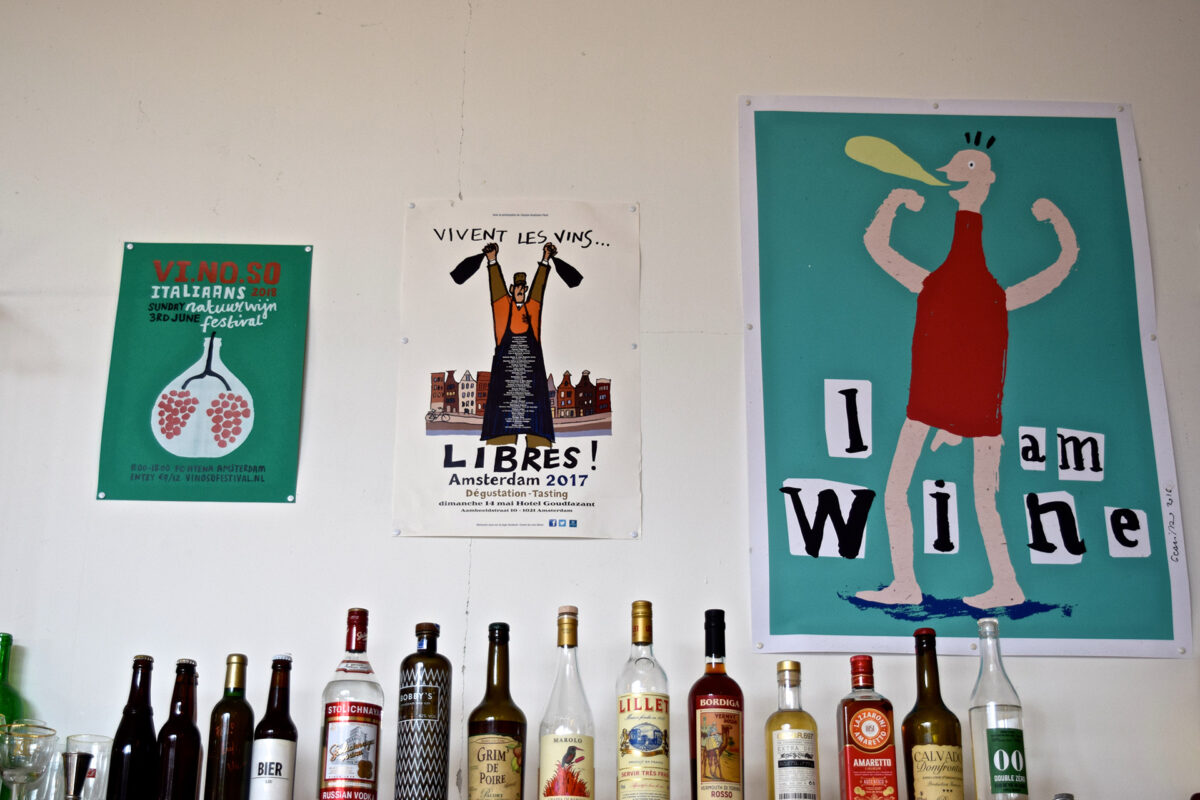
About 50 wines were poured over the seven-hour affair. In total, 13 producers came from Veneto (Menti Giovanni, Garganuda), Piedmonte (Cascina Fornace, Valli Unité), Emilia-Romagna (Casè, Croci Tenuta Vitivinicola, Vino del Poggio), Tuscany (Podere Borgaruccio, Podere della Bruciata, Pacina), Abruzzo (Società Agricola Rabasco), Lazio (Cantina Ribelà), and Campania (Cantina Giardino).
Below are some drops of impressions from what was a barrel of multisensory experiences. Fortunately, VI.NO.SO’s organizers were so pleased by its realization and its turnout, that they say the festival’s 2018 edition is unlikely to be its last.
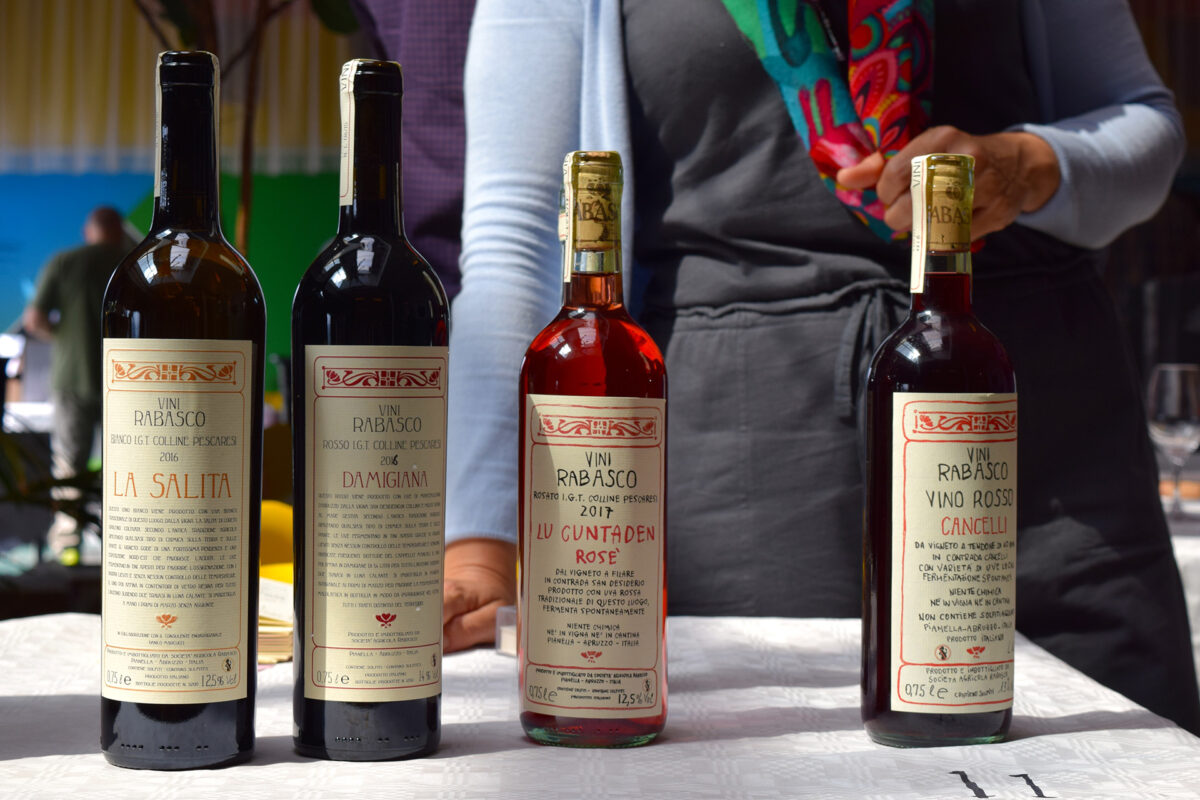
Società Agricola Rabasco
Iole Rabasco of Vini Rabasco has a “very strict zero/zero policy,” Slagter of YanFlorijn made clear to me. While the majority of natural winemakers do add some sulfites “usually at bottling, and just very little,” he explained, “only very few use absolutely no sulfites at all. Iole is one of the latter. Not a drop, ever.” Rabasco is also a minority in the world as a female wine producer in charge of her own vineyard. Her brand is now 15 years old. Located in Loreto Arputino in Abruzzo, the vineyards are mostly Montepulciano though some Trebbiano grow too. The astronomical calendar guides the work on the land and in the cellar, with decanting being regularly timed to coincide with a waning moon.
Altogether there are 13 labels, distinguished by their art-deco flourishes and typography. At VI.NO.SO, Rabasco poured five bottles: the pét-nat Vivace Rosato; the rosé Cuntaden; the Damigiana Rosso; the white La Salita—named for its vineyard on a steep slope with acidity-conducive northeast exposure; and the Cancelli Rosso, which was my earliest sip of the day. Made from 40-year-old canopied Montepulciano grapes, this was an easy one: smooth, light, and bright, with a finish that reminded me of a cherry Italian ice (the lip-staining kind served in a ribbed paper cup).
“We wanted a red wine more fresh, more drinkable,” offered Rabasco. “In the summer, it’s good with fish.”
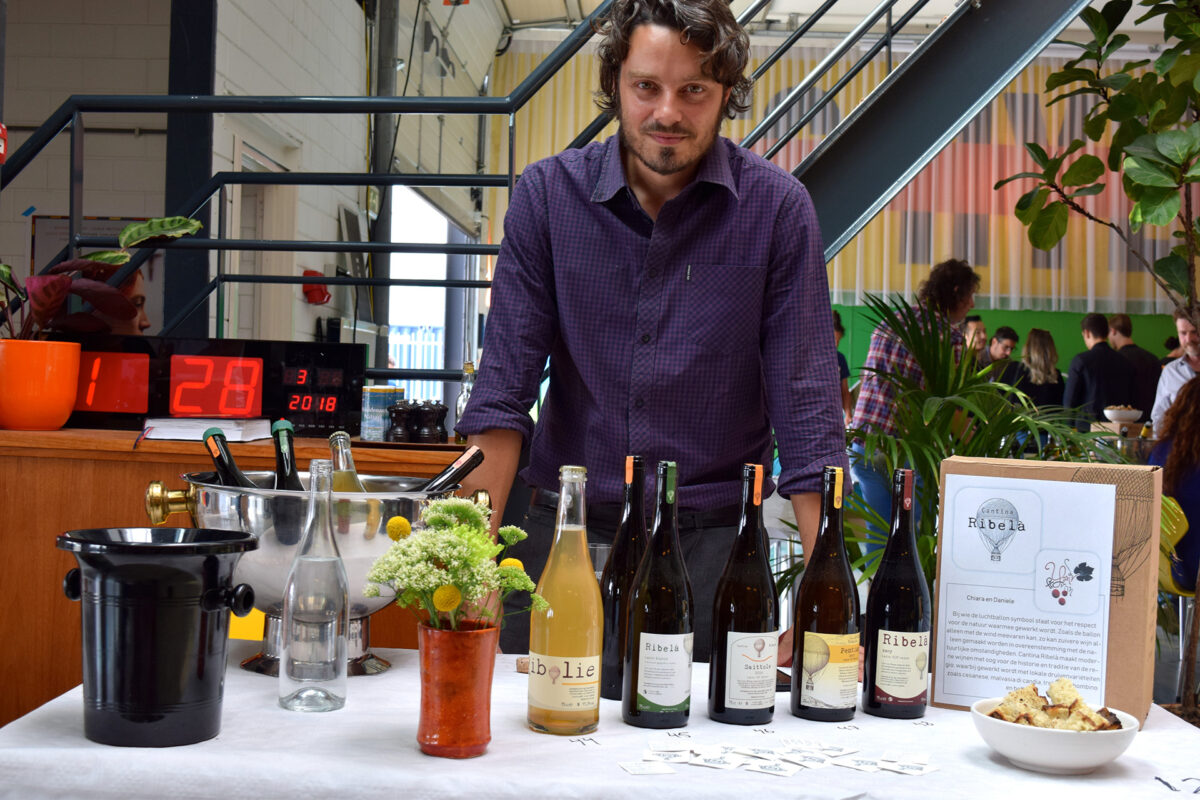
Cantina Ribelà
Standing at an adjacent to Ms. Robasco’s table was Daniele Presutti, one half of the duo behind Cantina Ribelà. Presutti and his wife, Chiara Bianchi, are a reminder of what richness may emerge when downturns in a labor market force folks to start anew—and look to their predecessors for inspiration. As Presutti summed up: he was an architect; she was a schooled philosopher-turned-sommelier. Dissatisfied with work conditions, they quit their jobs, did a one-year internship at a biodynamic vineyard in Umbria, and grew up to be like their grandfathers; his had a vineyard in Abruzzo, hers in Tuscany. Four years ago, the couple bought their very own in Monte Porzio Catone, within volcanic soil-rich Lazio.
Cantina Ribelà has two hectares of Malvasia di Candia, Trebbiano, Bombino, Bellone, Cesanese, Sangiovese, and Montepulciano grapes, all of which are uniquely combined in delicately balanced percentages. At VI.NO.SO, the bottles included the pét-nat Ribolie; the Ribelà in red (with ten-day maceration) and in white; the orange Saittole (with three-day maceration); and the orange Pentima (with six-day maceration).
“We lost 40 years, but the people remember that the wines were good,” remarked Presutti, referring to a time before his region’s land was used—and most would agree, overused—to produce Frascati wines. “When you speak of the history of that terroir, they remember that before, the wines were so good without sulfites. The day after a party, you could work. You could make your life very good, because wine is joy—it’s not sickness.”
Not-wine but still fine additions
Meanwhile, parallel to the pouring, VI.NO.SO occasioned the Dutch premier of Emily Railsback’s documentary Our Blood Is Wine. A screen showed Jonathan Nossiter’s 2014 Resistenza Naturale.
Local wine journalist Esmee Langereis led a discussion about sulfites with Rabasco and Alberto Anguissola of Casè. During the talk, Rabasco described how totally excluding sulfites—initially because she had become allergic to them—revealed new nuances in her two grape varieties, which let her create as many as 13 different labels.
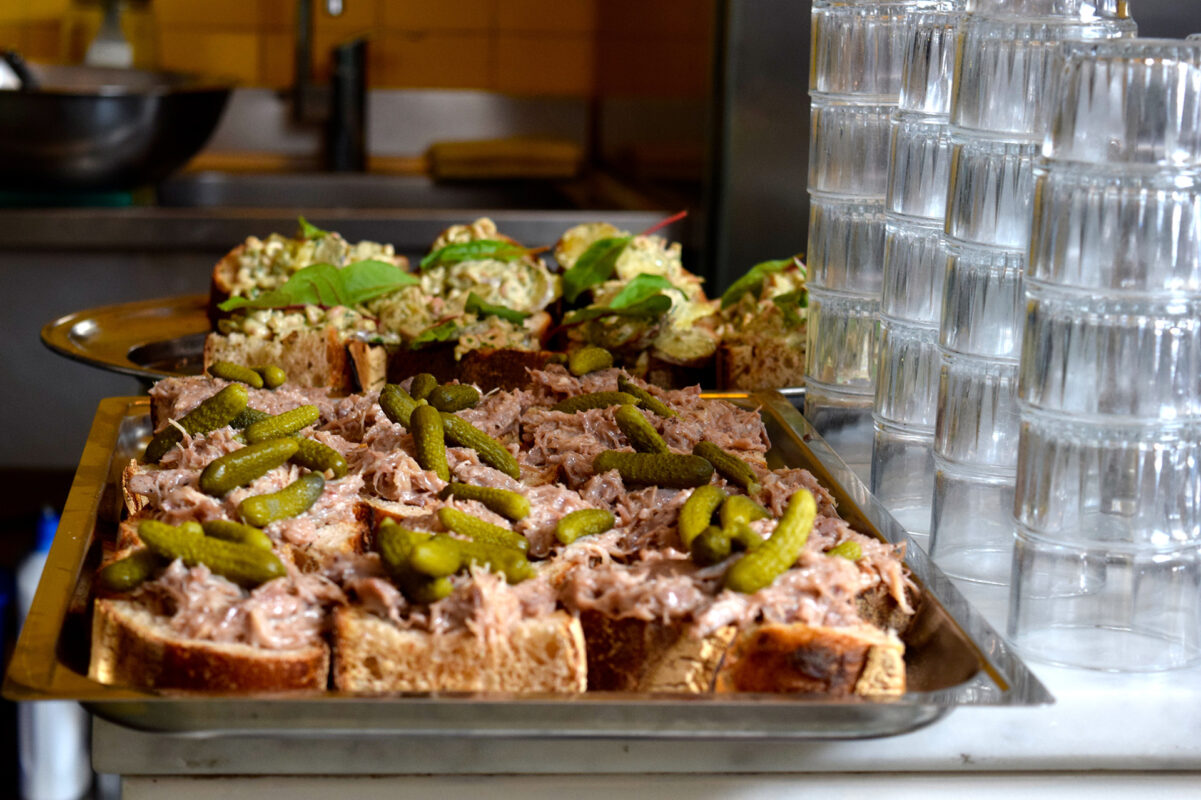
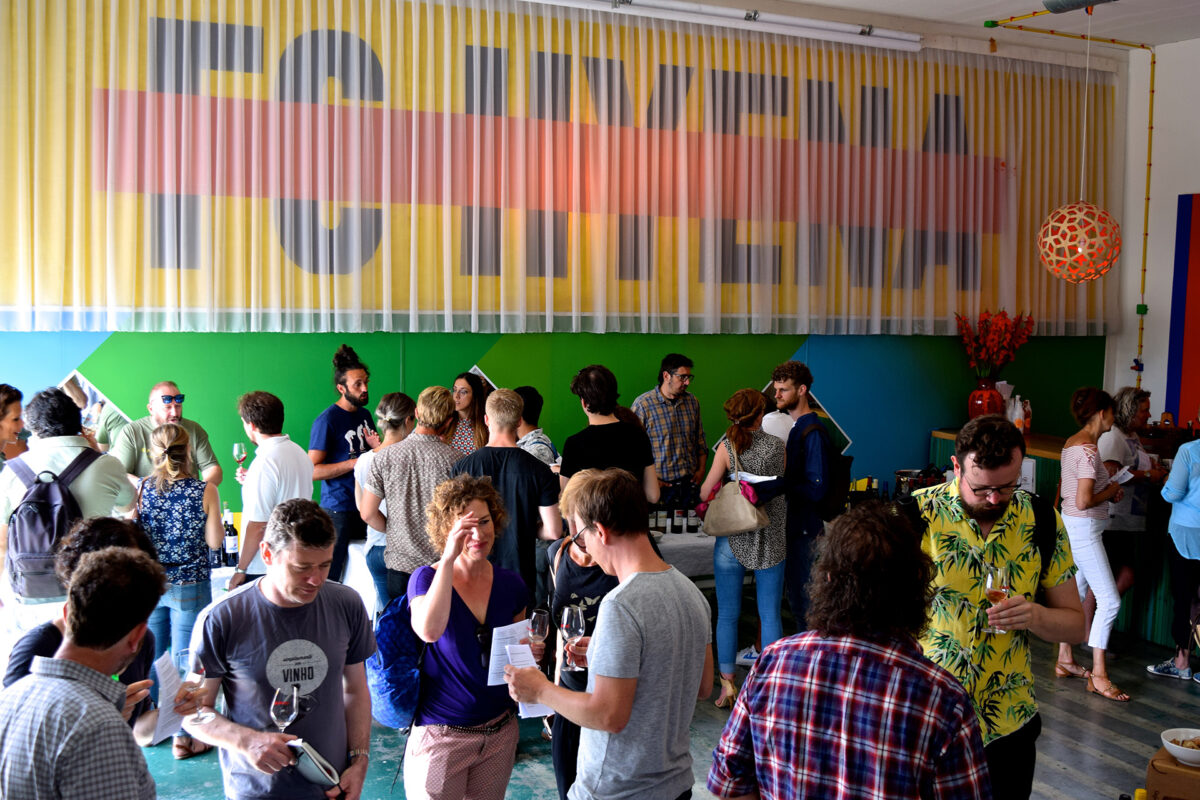
F.C. Hyena catered the event, serving perfect open-faced sandwiches on bread freshly retrieved from the wood-fired oven. In the house, too, was Olives & More, an Amsterdam specialty shop and fine-restaurant supplier of 20 types of olives from six countries. For this affair, co-owners Brian Boucher and Esther Berger showcased some of their thoughtfully sourced Italian EVOOs, notably from Apulia and Molise.
Another Amsterdam company not in the business of viticulture but no less worth visiting with was The Bird Tsang. Johannes Tsang and Robin De Vogel run this young ceramics company, providing custom tableware for a number of high-end restaurants in the region and presently exploring how their cups might be exploited by sommeliers. For the idea, they credit Australian wine producers Tom Shobbrook of Shobbrook Wines and James Erskine of Jauma Wines, who recently stopped in on The Bird Tsang studio.

Vino del Poggio
Vino del Poggio’s orange wine was eye candy and many VI.NO.SO-goers were salivating for a suck. But Andrea Cervini encouraged callers to build up to it, trying his other two bottles before.
Mostly communicating with and about the winemaker through Levi Della Vida, serving not just as his importer but also his interpreter that day, I learned that Cervini grew up in his family’s vineyards, though only began making wine and labeling in 2000. He calls Giulio Armani of La Stoppa a friend and a major influence. Vino del Poggio’s four-hectare vineyard lies in the Trebbia Valley in Emilia Romagna, and 2009 marked Cervini’s first official vintage.
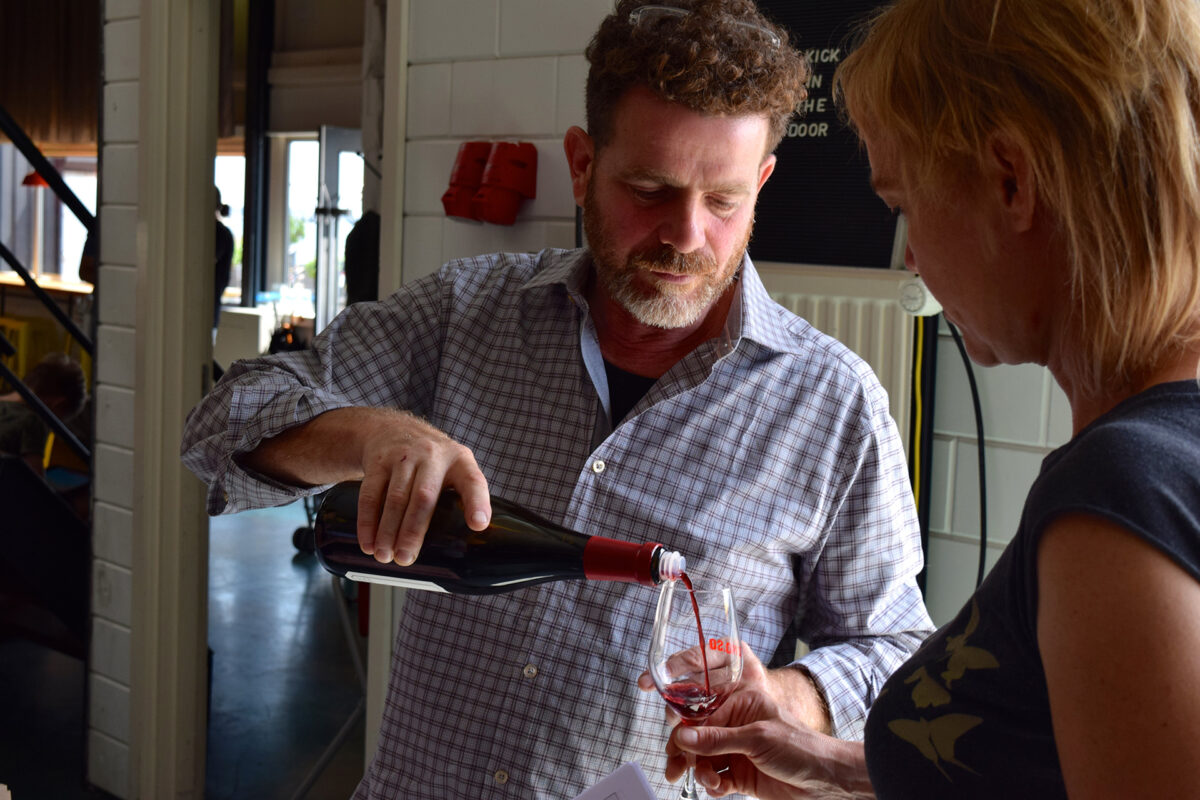
The Navel 2010, made from Barbera and Bonarda grapes, was so bestial and primordial-seeming that it transported me to a Nativity scene: a manger full of cloven-hoofed creatures, hay, and even some divine sense of hope for the world. Or, to borrow from Levi Della Vida’s description of Vino del Poggio’s collection, it was “quite earthy, a bit ‘bretty’ but in a very pleasant way.” The Vino Rosso 2013—made from Barbera grapes, which, like the wine tasted immediately before had a two-month maceration—was medium-bodied and juicy, though tame compared to the Navel and what came last: the Vino Bianco 2015. This, ostensibly, orange wine made from Malvasia di Candia aromatica grapes, had a six-month maceration (the bottle was a follow-up to an earlier vintage with a 12-month maceration). It tasted like a Malibu sunset or, to be more specific, Snapple Peach Tea-infused kumquats with notes of honeysuckle, vanilla extract, and mulch.
Podere Borgaruccio
A final story of Dionysian dynamism belongs to Stefano Gonnelli of Podere Borgaruccio. For seven years, up until 1999, he had lived in the Netherlands, working as an electrical engineer for the European Space Agency. But once, on a visit back to his native Tuscany, exploring an interest in theater, he met people who, as he put it, “changed their life because they didn’t like the way they were working” and “wanted to do something more in contact with the land.” He followed their example and today runs Borgaruccio wines, named after the biodynamic farm in Peccioli, within Pisa, where he has five hectares of Sangiovese, Ciliegiolo, Canaiolo, Malvasia Nera, Trebbiano, Procanico, Malvasia Bianca del Chianti, and San Colombano. In 2015, he also began practicing nomadic viniculture, revitalizing old or abandoned vineyards. In this spirit, he is currently renting the land of Podere Campordigno, near the Cecina River, close to the Etruscan coast, which produces Cabernet Sauvignon and Merlot.
A painter friend in a nearby village designed the bottles’ labels, watercolor paintings of wistful-looking figures that Gonnelli pointed out are from the tarot. “We did something really spooky. We did the tarot cards of each wine to see what affinity the wine had with the tarot and also with human beings. So a person that likes this wine,” he elaborated, referring to one of his bottles, “it means that he is close to the meaning of this card.”
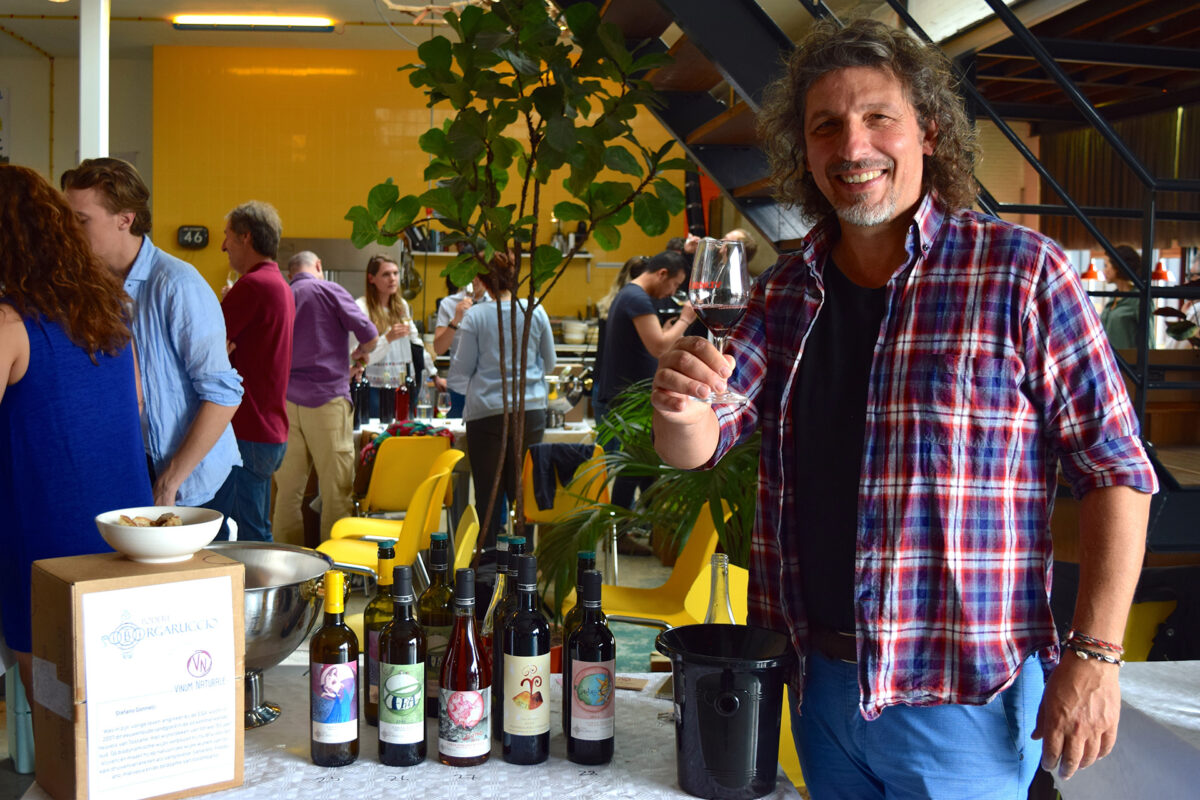
Drawn to one label’s burst of pink on gray though not at all examining its iconography, I asked to try the Babuc, a 100% Sangiovese rosé. In Tuscany, rosés are now “becoming more and more popular for apéritifs or happy hour, just before dinner,” Gonnelli said. But as he might have witnessed during his Dutch residence, rosés never went out of fashion around here; March through September, they remain indigenous to boats sailing along canals and restaurant terraces and sidewalks. This one was full-bodied, with an eye-opening prickle of acidity. Learning that the bottle’s corresponding tarot card was the fool also made me prickle. “Oh no!” I blurted. Gonnelli laughed, quickly reassuring: “But it’s interesting, because the fool means something that is changing.”
Surely he could relate; he playfully calls his projects Terre del Ving, “land of the ving”—a portmanteau of the Italian words for “winemaker” and “engineer. And probably many of us could relate, that day feeling changes in the air and experiencing them in our glasses. Amsterdam is on the brink of a new way to drink, and VI.NO.SO was a harbinger.
Karina Hof is a Sprudge staff writer based in Amsterdam.



